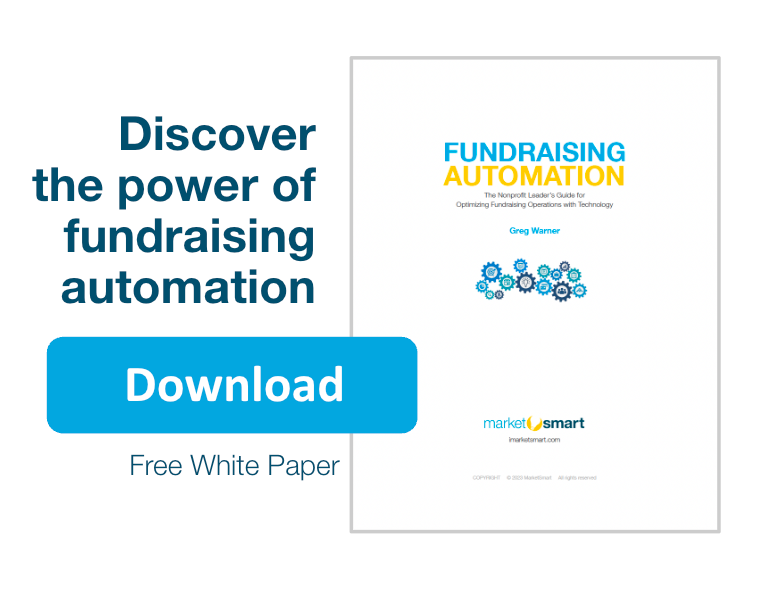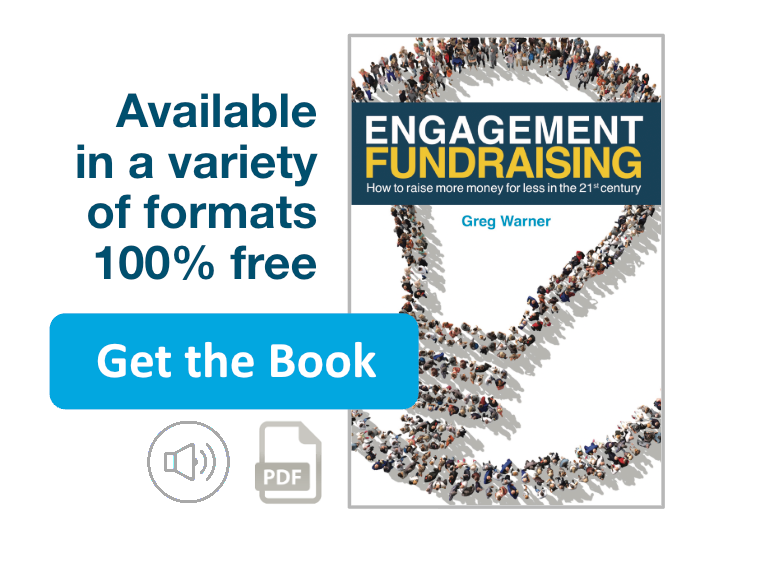 I recently stumbled upon a neat paper titled Nostalgia: The Gift That Keeps Giving. Here’s a summary:
I recently stumbled upon a neat paper titled Nostalgia: The Gift That Keeps Giving. Here’s a summary:
Overview
1. Nostalgia is a very personal, social emotion that involves momentous life events and social bonds.
2. Charitable giving is a very personal, social behavior.![]()
3. Nonprofits regard donation encouragement as their single most important challenge.
Question: Does nostalgia promote charitable giving and volunteerism?
The Answer: Yes!
Here’s what they determined:
1. Nostalgia increases concrete, tangible and general charitable intentions.![]()
2. The mediator of the effect of nostalgia on charitable intentions is empathy.
3. Therefore, nostalgia augments empathy-based charitable intentions and behavior.
The MarketSmart takeaway:
Think about ways you can entwine nostalgia in your engagement fundraising efforts. For instance, if you work for a college or university consider the following:
- Offer your prospects a free copy of the yearbook from their graduation year.
- Show them photos of the campus and the students from the days when they attended the school.
- Invite them to share a story from their college days.
Here’s a real-world example:
For our friends at Ocean Conservancy, we used a photo to remind planned giving prospects about the time they first fell in love with the ocean. It worked like a charm.

Related Posts
How to make the initial engagement with a planned giving prospect
Words That Work: The Phrases That Encourage Planned Giving





With certain age groups nostalgia helps to connect support through the generations. As our organisation is over 100 years old I find that when I ask baby boomers why they support it is not infrequent to be told that ‘mum always did and it was important to her to help the disadvantaged’. I will even be handed the original money boxes along with a story and a donation. Nostalgia can be powerful.
Indeed! Thanks for sharing those insights Pam.
I agree with Pam – as a baby boomer, it’s obvious that nostalgia has great appeal and is used successfully in many mediums far beyond non-profits. However, I wonder whether the church might be an exception, particularly in those denominations and faiths where there is a move to be more relevant and mission minded, reaching out as opposed to serving those within the walls. The nostalgia of the church of our grandparents, often segregated and inward focused, might miss the mark, particularly in light of events of the past several months. Definitely thought-provoking.